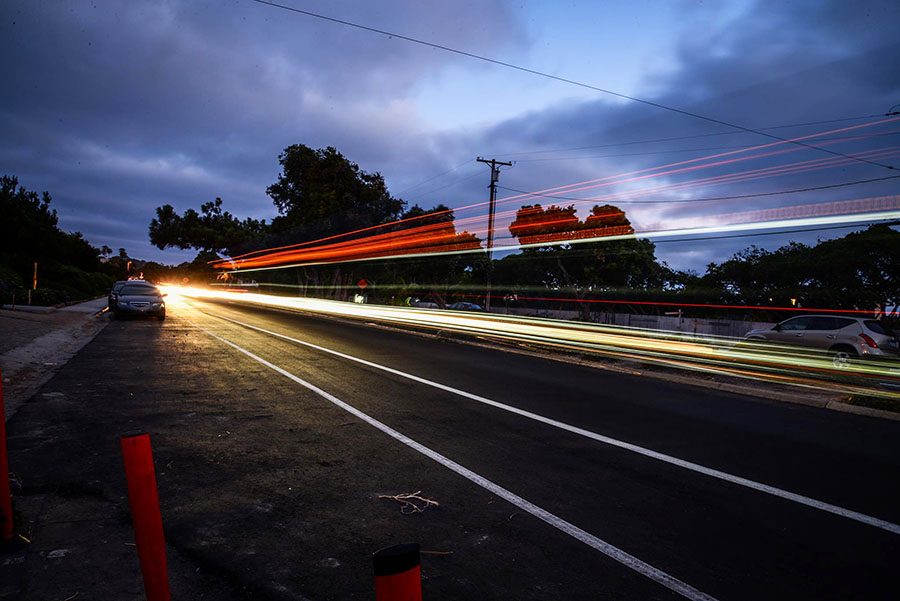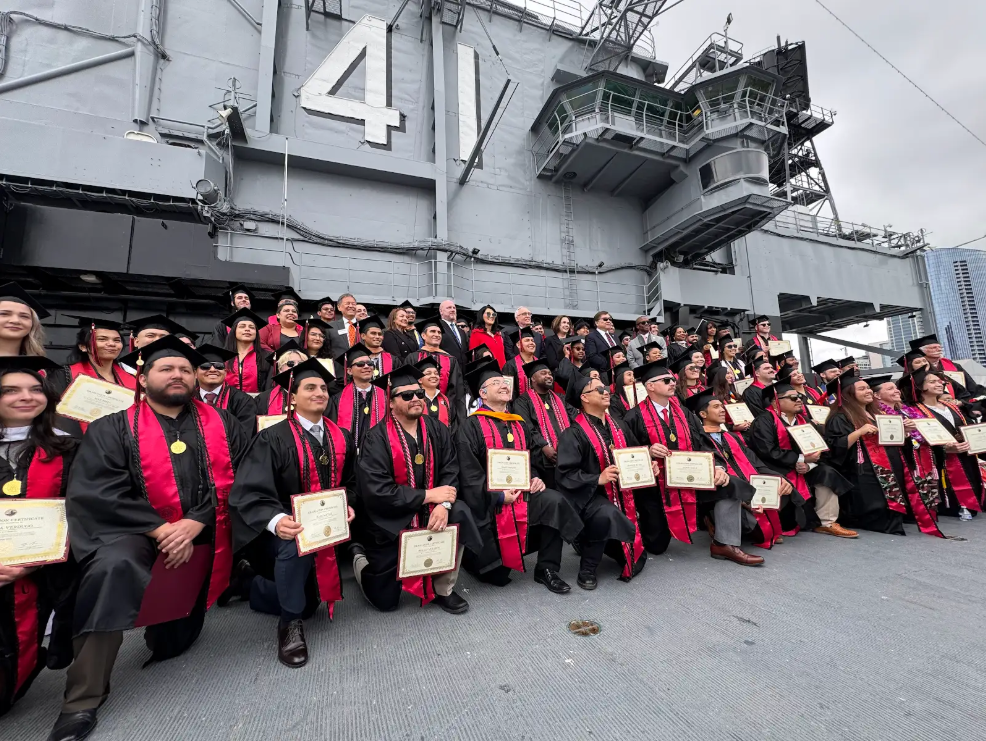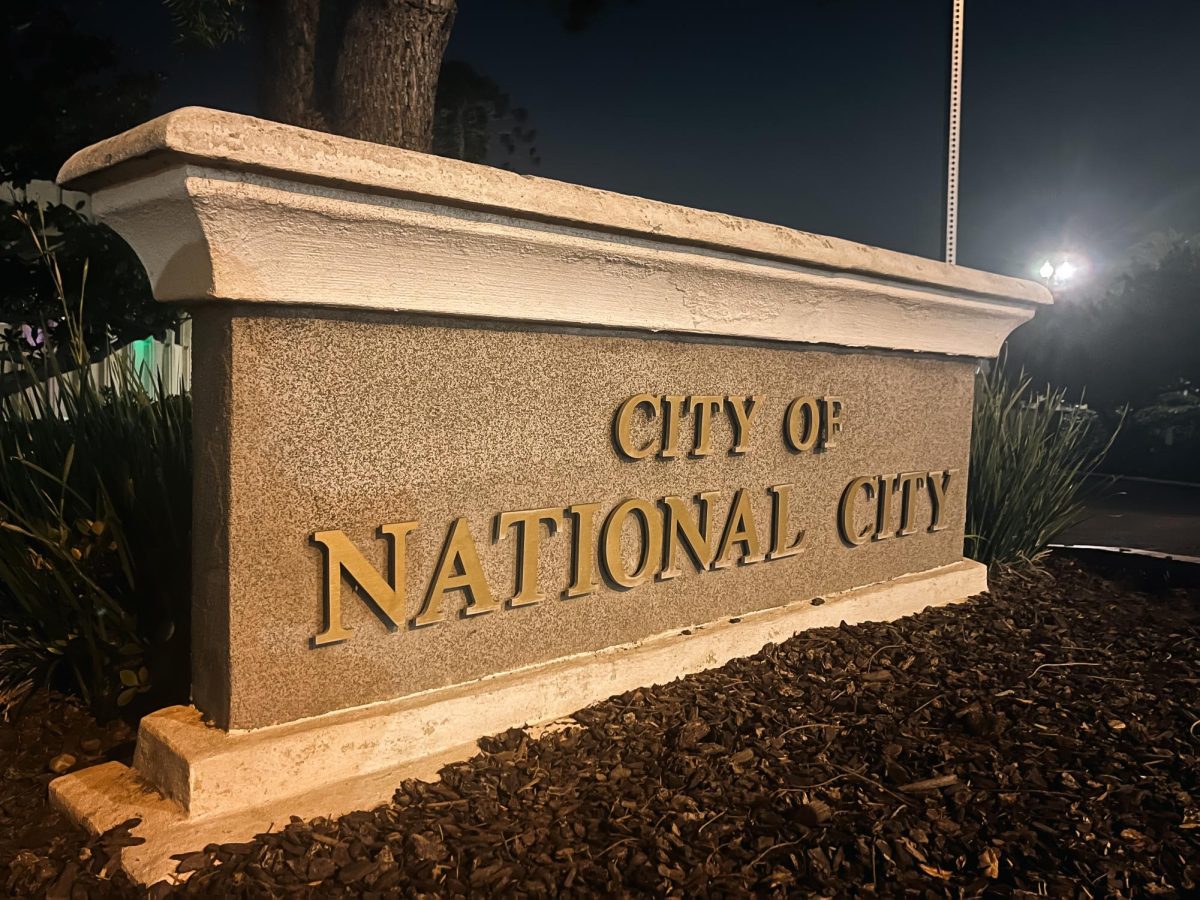In a report submitted to the City of San Diego on Nov. 23, San Diego State researchers found black and Hispanic drivers were more likely to be searched by San Diego Police Department officers after a traffic stop than whites, but less likely to be found with contraband according to data from 2014 and 2015.
The study was conducted by professors in the SDSU School of Public Affairs including Joshua Chanin, Megan Welsh, Dana Nurge and Stuart Henry.
Chanin said they were asked by a member of the City Council to do the study.
As stated in the report, the researchers used the “veil-of-darkness technique,” in which police officers would not be able to see the race of the driver in November, but would in July.
This technique has been used to study traffic stops in six other locations in the U.S., including Oakland, Connecticut and North Carolina.
This allowed them to determine racial disparities among traffic stops because people driving at 6 p.m. in January would experience darkness, but at the same time in July they would experience daylight.
The study presented that in 2014, there was a difference between the treatment of black and white drivers in vehicle stop data, but in 2015 the data showed no such disparities.
Between whites and either Asian-Pacific Islanders or Hispanics, these disparities were not present in either 2014 or 2015, meaning they did not get stopped more or less than whites.
However, black, Hispanic and Asian-Pacific Islander drivers were given field interviews more often than white drivers.
Reverend and National Action Network San Diego President Shane Harris said the data does not surprise him, but instead confirms what he and NAN already knew.
“Harassment is most important and what our communities are so terrified about,” he said. “This is a real big problem.”
Harris said NAN is calling for San Diego Mayor Kevin Faulconer and SDPD Chief Shelley Zimmerman to acknowledge and admit this issue is a big problem facing San Diego.
At a council committee meeting on Nov. 30 to discuss the report, Zimmerman said bias exists in every human, but the department needs to make sure bias does not interfere with fair and impartial policing.
In a statement Faulconer released after the study was published, he acknowledged the success of SDPD keeping neighborhoods safe relies on the strength of community partnerships.
Harris said Zimmerman reaching out to people who connect to issues facing minority communities is a way to strengthen the relationship between San Diego police officers and minorities.
“The chief needs to reach out to leaders that are not like her, don’t see everything like her and don’t see a perfect department,” Harris said.
The study listed a number of recommendations based on the data, including acknowledging the existence of racial and ethnic disparities and making battling it a priority.
Other recommendations included strengthening the training around racial disparity issues, emphasizing community engagement and revising the current data collection system.
Chanin said he and the other researchers put a lot of work into this report and said they thought their recommendations were well substantiated by the data and their findings.
“We think that this, can be a positive component to the SDPD relationship with the community,” Chanin said.
The SDSU report was initially set to be released at the end of 2015 but then was pushed back to June 2016. The deadline was missed, and it was not submitted until November.
Chanin said the deadline was pushed back to June 2016 because initially, they were only going to look at 2014 data. Shortly after, they made and were granted a request to include electronic surveys by police officers and interviews in addition to the quantitative data.
They also asked to expand the analysis to include 2015 data.
He said the June deadline was missed because their work stopped in early 2016 because of a contractual dispute. They worked it out over a course of four to five months.
“During that four to five month period, the police department refused to talk to us,” Chanin said. “We lost four to five months of our timeline, and so that explains how and why we missed that June deadline.”
Chanin said he thinks race and criminal justice are very important issues.
“I think the connection between race and policing is the most important issue facing police leaders, officers and people who think about and study law enforcement,” he said. “For us to participate in a small way in this conversation of uncovering or finding empirical insights into the relationship between race and traffic law enforcement in San Diego was something fulfilling professionally.”









